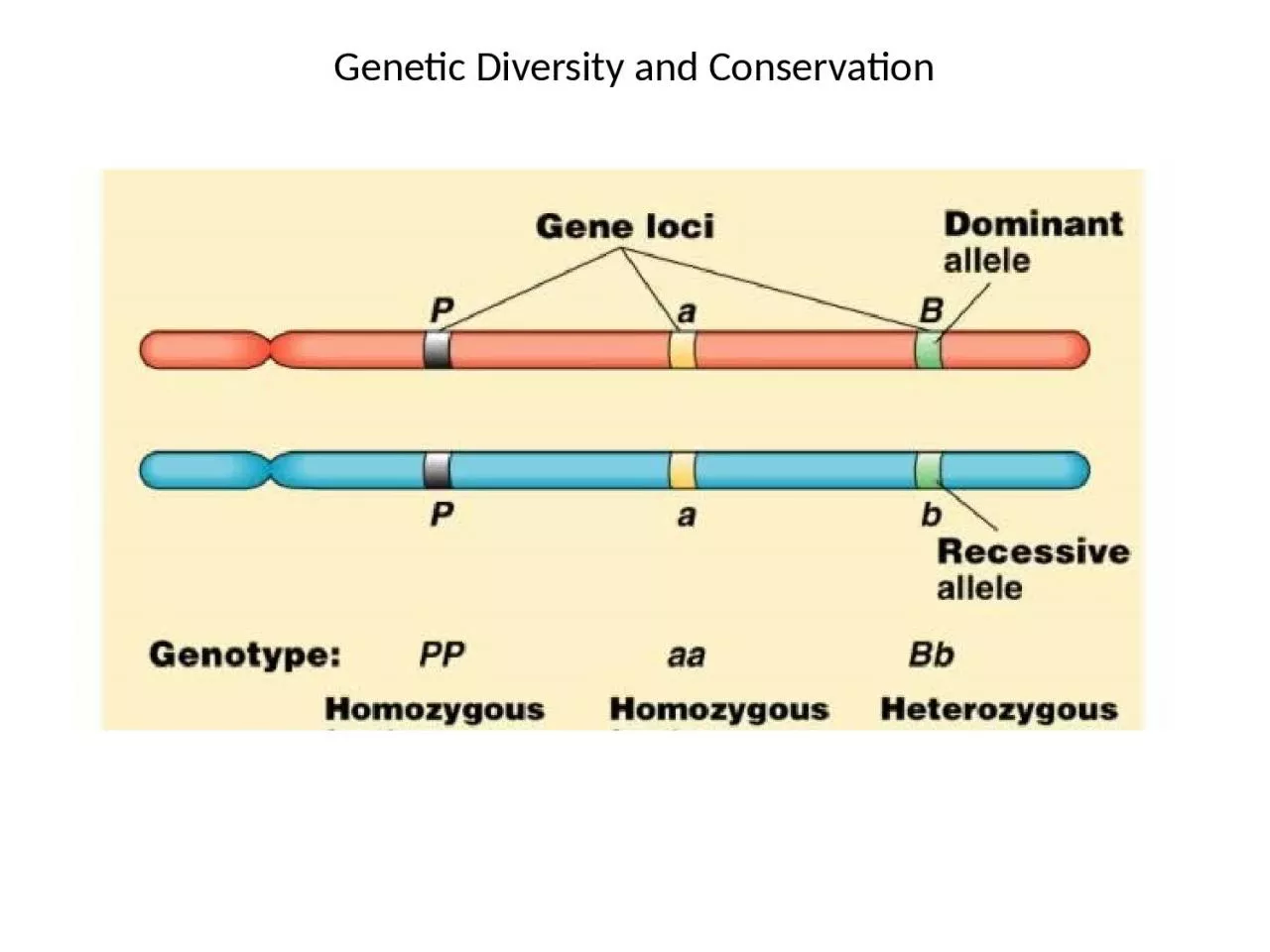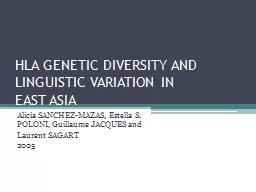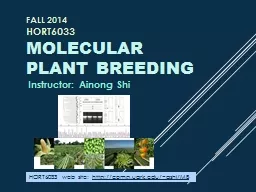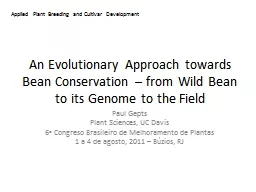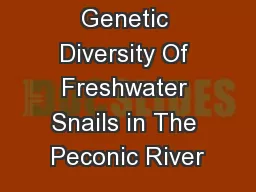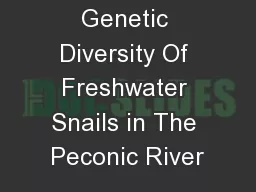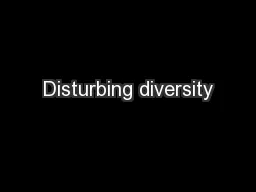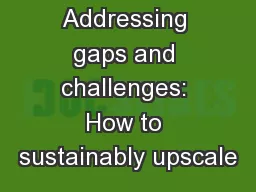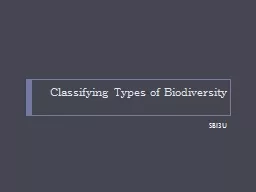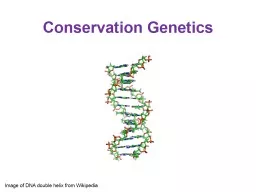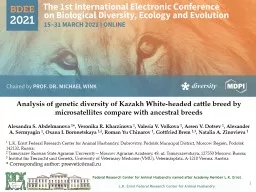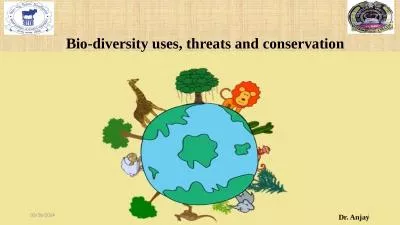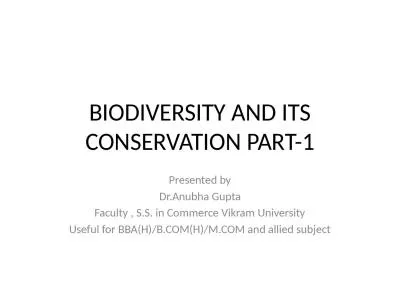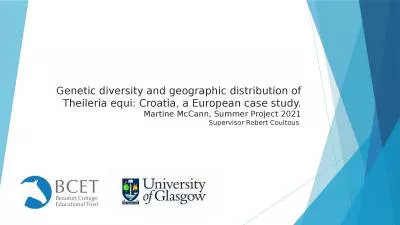PPT-Genetic Diversity and Conservation
Author : adah | Published Date : 2022-07-13
Allele Frequencies The total number of copies of an allele divided by for mammals 2N Aa AA aa Aa AA aa Aa Aa Aa Aa AA aa AA p 1426 053 q 1226 047 Aa BB cc
Presentation Embed Code
Download Presentation
Download Presentation The PPT/PDF document "Genetic Diversity and Conservation" is the property of its rightful owner. Permission is granted to download and print the materials on this website for personal, non-commercial use only, and to display it on your personal computer provided you do not modify the materials and that you retain all copyright notices contained in the materials. By downloading content from our website, you accept the terms of this agreement.
Genetic Diversity and Conservation: Transcript
Download Rules Of Document
"Genetic Diversity and Conservation"The content belongs to its owner. You may download and print it for personal use, without modification, and keep all copyright notices. By downloading, you agree to these terms.
Related Documents

